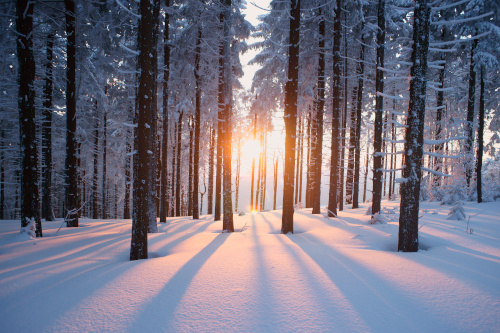
It’s January, and in many places, that means cold weather–and possibly some snow. It may be hard to capture students’ attention now that most winter breaks are over.
Creating a video-based lesson that explores different concepts around cold weather is one fun way to boost student engagement.
These TED-Ed Lessons cover snowflakes, the coldest place on Earth, myths about the cold, and more.
The TED-Ed platform is especially cool because educators can build lessons around any TED-Ed Original, TED Talk, or YouTube video. Once you find the video you want to use, you can use the TED-Ed Lessons editor to add questions, discussion prompts, and additional resources.
Use these TED-Ed Lessons for brain breaks, to introduce new lessons, or to inject some fun and engaging conversation into your class.
1. The science of snowflakes: One could say that snowflakes are simply frozen water — but if you compare a snowflake to an ice cube, you’ll notice a big difference. Why are all snowflakes six-sided? Why are none of them exactly the same? And how do we ski on them? Maruša Bradač sheds light on the secret life of snowflakes.
2. One day in the coldest village on Earth: In Yakutia— the coldest inhabited region on Earth— daily life is a constant struggle against freezing temperatures that can plummet to an astonishing negative 71 C. How do people live in this harsh environment? Kiun B shares a day in the life of a hardy local family in the remote and icy Yakut village.
3. Does being cold make you sick? Have you ever heard someone say, “Bundle up or you’ll get sick?” These pre-cautionary words echo around the world as the first step of prevention against colds and flu when temperatures dip. But does being cold really make you sick? In this lesson, we are going to learn more about how and why it can happen.
4. How an igloo keeps you warm: If you ever find yourself stranded in the snowy Arctic (or bored in Minecraft), you’re gonna need to know how to build an igloo. But how can building a house made of ice keep you warm? It’s Okay To Be Smart explains.
5. How does hibernation work? The Arctic Ground Squirrel hibernates by burrowing under the permafrost and slipping into a state of suspended animation. The female black bear can give birth while she hibernates. The fat-tailed dwarf lemur prepares to hibernate by storing its fat reserves in its tail – doubling its body weight. Why do these animals go to such extremes? Sheena Lee Faherty details why animals hibernate.
6. What is the coldest thing in the world? The coldest materials in the world aren’t in Antarctica or at the top of Mount Everest. They’re in physics labs: clouds of gases held just fractions of a degree above absolute zero. Lina Marieth Hoyos explains how temperatures this low give scientists a window into the inner workings of matter, and allow engineers to build incredibly sensitive instruments that tell us more about the universe.
Related:
10 TED-Ed Lessons to get students thinking
5 STEM-based TED-Ed Lessons to close out your school year
 It's January, and in many places, that means cold weather--and possibly some snow. It may be hard to capture students' attention now that most winter breaks are over.
It's January, and in many places, that means cold weather--and possibly some snow. It may be hard to capture students' attention now that most winter breaks are over.




